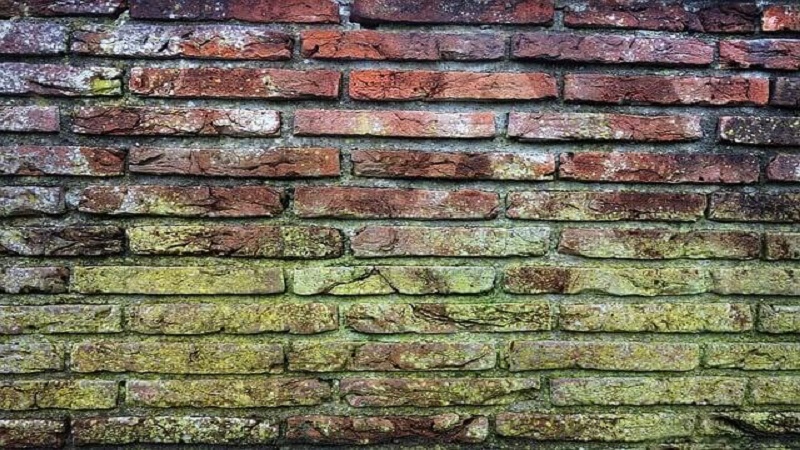Mold growth is a common issue that many homeowners face. This problem often goes unnoticed until it becomes severe.
Recognizing the signs of a mold problem in your home can help you take action before it causes serious damage. When mold develops, it can lead to health issues, especially for those with allergies or respiratory conditions.
If you notice any signs of mold in your home, it’s crucial to address them immediately.
Unpleasant Odors
One of the most noticeable signs of mold is a pungent, musty odor. If you ever walk into a room and notice a persistent mold smell in house, it may indicate hidden mold behind walls or under floors.
This smell is often more apparent in areas that are damp or poorly ventilated, such as basements, bathrooms, and kitchens. If you detect this smell, it is a vital warning sign that should be taken seriously.
Visible Mold Growth
Another clear indication of a mold problem is visible growth. Mold can appear in various colors, such as green, black, white, or even orange.
You might find it in damp corners, on the walls, or around windows. If you see any patches of mold, it is time to take action. Not only does mold look unsightly, but it can also spread quickly if left unchecked.
Water Damage and Stains
Inspecting your home for signs of water damage is crucial in identifying a mold problem. If you notice water stains on ceilings, walls, or floors, It could indicate that there has been a leak or excessive moisture in that area.
Areas with water damage are often breeding grounds for mold growth. Make repairs immediately and keep an eye on these areas to ensure they don’t become a mold risk.
Increased Allergies or Respiratory Issues
Do you or your family members frequently experience allergies or respiratory issues, like coughing, sneezing, or itchy eyes? These symptoms can worsen if there is a mold problem in your home.
Mold spores in the air can trigger allergic reactions and asthma attacks. If you suspect mold, it’s essential to be proactive to protect your loved ones’ health.
Condensation and Humidity
High humidity levels in your home can lead to mold growth. If you notice condensation on windows, doors, or walls, this is a sign that your home may not have proper ventilation. Keeping your home dry is crucial; it may be worth investing in a dehumidifier if humidity levels are consistently high.
Finding Mold in Hidden Areas
Mold often hides in places you can’t easily see. Areas like attics, basements, and behind walls are common places for mold to thrive. If you have a history of leaks, floods, or water damage, it’s wise to check these areas regularly.
Using a flashlight can help you see into dark corners and identify early signs of mold growth.
Health Effects to Be Aware Of
Apart from the physical signs of mold growth, understanding its potential health effects is vital. Exposure to mold can lead to serious health problems, including respiratory infections and other chronic illnesses.
Some individuals may experience more intense reactions, particularly those with compromised immune systems. Being aware of the health implications can motivate homeowners to investigate potential mold issues vigilantly.
Taking Care of Your Home
Recognizing the signs of mold in your home is essential for maintaining a healthy living environment. If you suspect a mold problem, don’t hesitate to seek professional help to ensure your home remains safe and healthy. Your family’s health depends on it!
Visit our website and read more.

